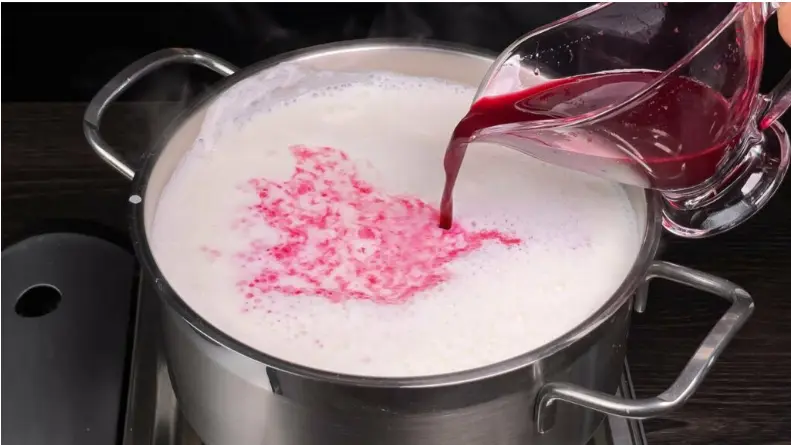When we typically consider the color of urine, we usually think of it as yellow. However, were you aware that urine can come in almost all the colors of the rainbow?
Additionally, the color, odor, and consistency of urine can indicate if you are experiencing certain health issues.

Urine color
The color of our urine is influenced by the yellow pigment, which varies based on our water or fluid intake. Higher water consumption results in clearer urine, while reduced intake leads to more concentrated urine.
Occasionally, urine may exhibit an unusual color due to medications, food dyes, or underlying health conditions.

1. Transparent/No color urine
Clear or transparent urine indicates that you are adequately hydrated. However, drinking excessive amounts of water can increase the risk of water intoxication. In such cases, the body may start to dilute salts more than necessary.
While this isn’t typically a serious health concern, it’s essential to moderate your water intake accordingly. Simply reducing your water intake can help restore the balance.
2. Transparent yellow urine
The light, transparent yellow color of your urine indicates that you are in good health.
3. Pale straw urine
A pale straw color in your urine suggests that your body is well-hydrated. This hue is normal and does not signal any health concerns.
4. Dark yellow urine
Dark yellow urine indicates insufficient water intake. Its strong smell and deep color often suggest inadequate hydration throughout the day.
Furthermore, dark urine can be symptomatic of health issues. For example, hepatitis, causing liver inflammation, can lead to a darker urine color.
5. Brown ale urine
Dehydration, certain medications, and the consumption of specific foods can result in brown urine. When dehydrated, the body retains water, causing the urine to become more concentrated.
Additionally, brown urine can indicate liver disease. In cases of liver issues, the body excretes bile salts, which can end up in the urine along with feces, potentially indicating liver inflammation or hepatitis.
6. Orange urine
The color of your urine may turn orange if you consume high amounts of beta-carotene or vitamin C, or if you are dehydrated.
Furthermore, certain medical issues such as food poisoning, bile or liver duct issues, and chemotherapy can also cause urine to appear orange. Chemotherapy, in particular, may damage the bladder and liver, resulting in urine discoloration.
7. Pink or red urine
If you consume foods like rhubarb, blackberries, blueberries, or beets, your urine may turn pink or red.
However, if you haven’t consumed any of these foods and your urine appears pink or red, it could indicate hematuria, a health issue caused by urinary tract infections, enlarged prostate, bladder stones, kidney cysts, or non-cancerous and cancerous tumors.
Certain medications can also cause urine discoloration. For example, antibiotics used to treat tuberculosis can turn urine a red or pink color.
8. Blue or green urine
Food coloring can cause urine to turn green or blue, and bacterial urinary infections caused by pseudomonas bacteria can also lead to this coloration.
Furthermore, medications like antibiotics, diuretics, and Viagra can cause urine discoloration. Genetic diseases such as benign hypercalcemia can also turn urine blue.
The smell of the urine
The smell of urine can vary based on the medications and foods you ingest. However, if you detect an unfamiliar or abnormal odor in your urine, it is crucial to seek guidance from a healthcare professional.
Urine consistency
1. Foamy urine
If you notice that your urine is fizzier than usual when you urinate with more force, it could indicate a potential problem such as gallbladder or kidney issues.
2. Milky urine
Milky urine may indicate underlying conditions such as kidney stones, urinary infections, or bladder infections.



